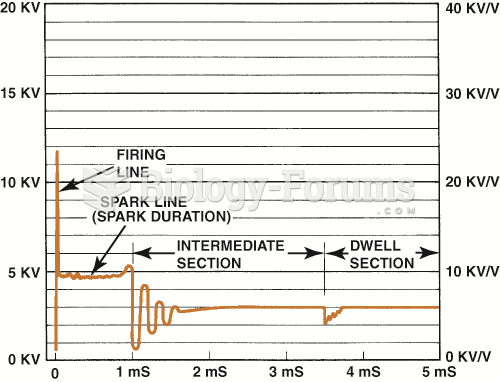|
|
|
All adults should have their cholesterol levels checked once every 5 years. During 2009–2010, 69.4% of Americans age 20 and older reported having their cholesterol checked within the last five years.
Aspirin is the most widely used drug in the world. It has even been recognized as such by the Guinness Book of World Records.
Increased intake of vitamin D has been shown to reduce fractures up to 25% in older people.
More than 150,000 Americans killed by cardiovascular disease are younger than the age of 65 years.
A recent study has found that following a diet rich in berries may slow down the aging process of the brain. This diet apparently helps to keep dopamine levels much higher than are seen in normal individuals who do not eat berries as a regular part of their diet as they enter their later years.







